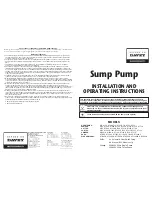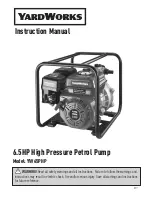
10. Installation
When the installation template is made of paper
(Unit: mm)
Slim 1 way cassette (Small, Wind-free panel)
Slim 1 way cassette (Medium/Large, Wind-free panel)
Indoor unit
Indoor unit
Air outlet
Air outlet
Air inlet
Air inlet
6.0
10
Jig
Jig
Ceiling
Ceiling
8.0
10
When the installation template is made of
plastic
(Unit: mm)
Indoor unit
①
Wind-Free MID /
LRG (Inlet / Outlet)
①
Wind-Free MID / LRG
(Inlet / Outlet)
10
Jig
10
8
After installing the fan coil unit, be sure to cover it with
the fan coil unit protection vinyl to prevent any paint or
dust from entering the unit until the panel is fixed.
CAUTION
• If dust or paint enters the unit, it may degrade the
product performance or cause product malfunction.
Connecting the water pipes
1
Purge inert gas.
• The fan coil unit comes with nitrogen gas (inert
gas) charged at the factory for protection of the
unit during transportation.
Remove the protective caps from the piping to
purge inert gas.
CAUTION
• To prevent foreign objects from entering the piping,
do not remove the cap until the piping connection is
ready.
2
Connect the pipes.
•
•
Be sure to use a metal pipe for the piping outlet.
Be careful not to erroneously change the piping
inlet and outlet connections.
(Outlet: air vent valve)
• Be sure to attach a valve to each of the piping inlet
and outlet.
• Be sure to insulate all of the water pipes and the
drain pipe.
•
•
The maximum operating water pressure of the fan
coil is 1.0 MPa. Design your air conditioning system
so that the operating water pressure becomes
1.0 MPa or less.
Design the piping so that air clogging does not
occur.
• Use Teflon tape on the T-type screws to prevent
water leakage.













































